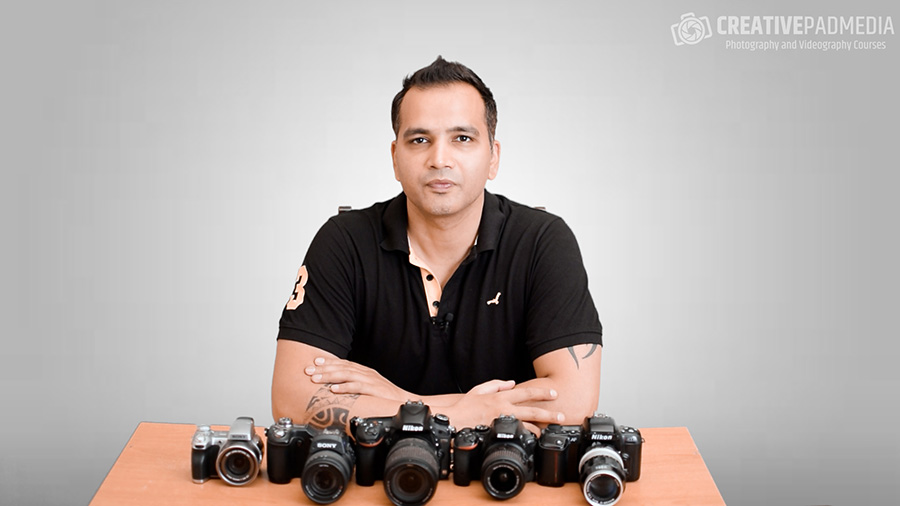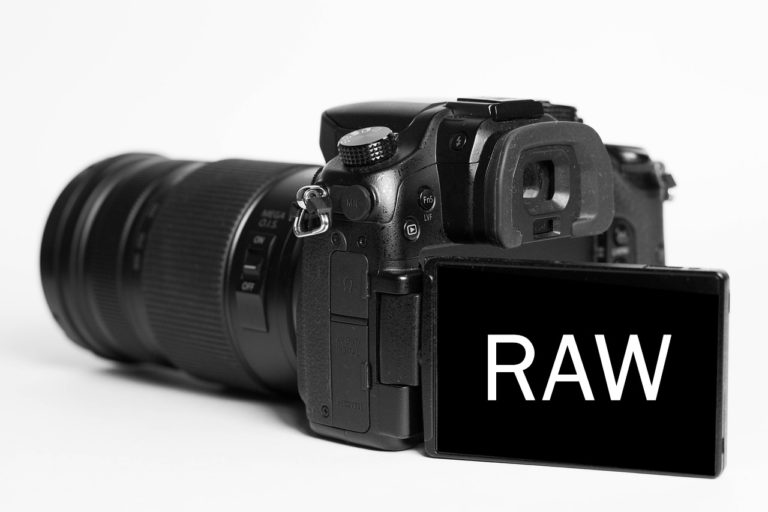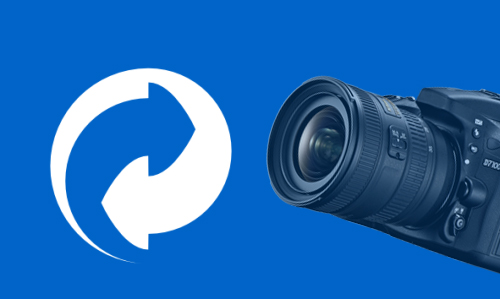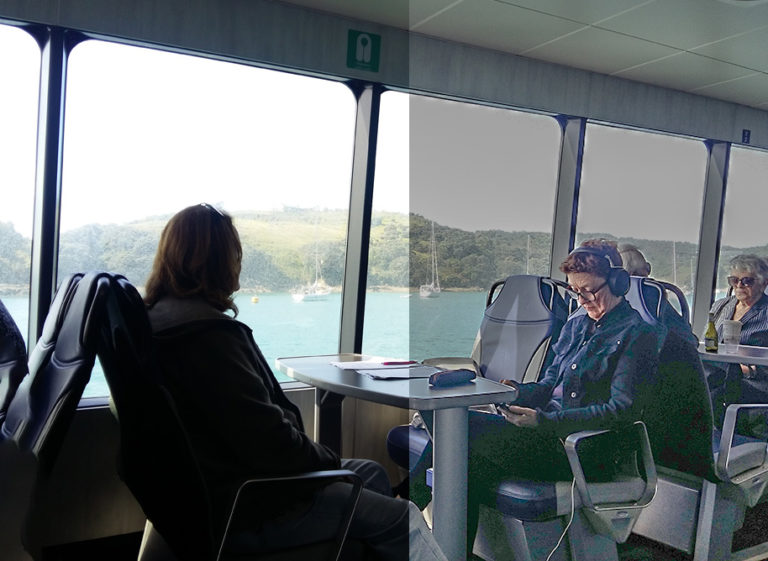Is Auto-ISO good or bad?
One of the most common myths among beginners photographers is that Auto-ISO is bad because it results in noise. I’m going to debunk this myth today and I will be doing so by getting a bit philosophical.
Yes, that’s right. Photography is sometimes related to our life philosophy also.
And I will demonstrate this by talking about the setting of Auto-ISO.
If you’ve done my Photography for Beginners Course, you would know that one of the points where I differ from other Photography teachers is that I am a big advocate of using Auto-ISO.
Auto-ISO simply means you don’t select the ISO value on your own. The camera does it for you, thereby making your photography quick and easy.
In fact it makes it so easy that sometimes when I have shot events using Auto-ISO, I have almost felt guilty in receiving the payment because the job was so easy.
So first of all let’s talk about why other teachers don’t tell their students to use Auto-ISO.
According to them, Auto-ISO leads to noise.
Does Auto-ISO actually need to noise?
This is a completely wrong argument because Auto-ISO itself doesn’t result in any noise. It’s just a setting that selects the required ISO automatically. The problem is if you are unnecessarily cutting down light from other settings like Shutter Speed and Aperture, then the ISO will obviously go up and it will result in noise. But that has got nothing to do with Auto-ISO. It has got to do with the photographer not paying attention to the settings being used.
For example, if you are shooting a wedding and accidentally you leave the shutter speed to 1/2000 while shooting relatively still subjects, then of course that will cut down the light and the required ISO will be high. Auto-ISO is just doing its job of selecting an ISO value that brings the light meter to the center for the correct exposure.
If you were using manual ISO, then also you would have ultimately selected the same ISO value to get the correct exposure. So there’s no difference.
So yes, you have to be a bit careful about your settings when using Auto-ISO. But the advantages far outweigh the cons. Because you don’t have to worry about selecting the correct ISO every time and that makes your photography super quick and convenient, almost as fast as shooting in the Automatic mode. This means you can focus on more important things like capturing great emotions, composition, etc.
Demonstration of Using Auto-ISO
Let’s understand this point by watching the video below from my Photography for Beginners course:
So I hope this point is clear.
But the second reason why I feel Auto-ISO gets a bad reputation has got to do something with our life philosophy.
I feel most people are not happy till they SUFFER.
Photographers are no different.
They don’t like Auto-ISO because it makes photography effortless.
Because it is effortless, they feel something is wrong.
We have been conditioned to think that everything good has to come out of suffering.
And we take that thinking into photography too.
We don’t believe that we can have our cake and eat it too.
But the truth is you can, at least in Photography.
Conclusion
Auto-ISO is NOT bad. If you know how all the three settings – Aperture, Shutter Speed and ISO work together, then you’ll never have any issues with using Auto-ISO. In fact, using Auto-ISO is better than using the other modes like Aperture Priority or Shutter Priority, since using Auto-ISO allows you complete control over both the Aperture and Shutter Speed.
If you are someone who wants to learn the fundamentals of photography and get good with understanding settings like Aperture, Shutter Speed and ISO, then do check out my Photography for Beginners Course, which has 45 videos, and is available via Udemy. You can watch the promo video below to see what all this course contains:








